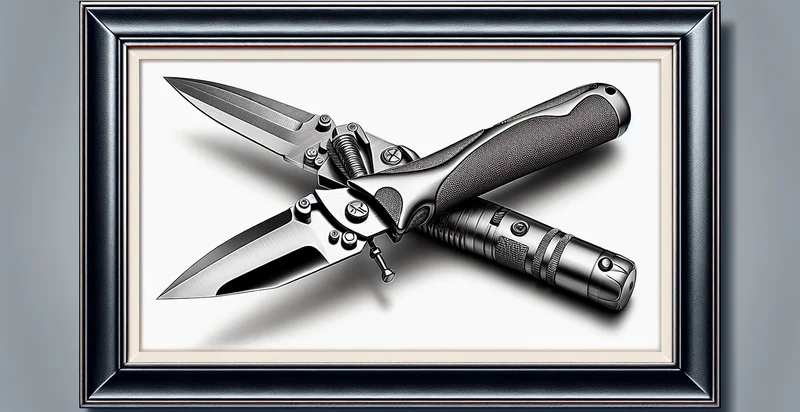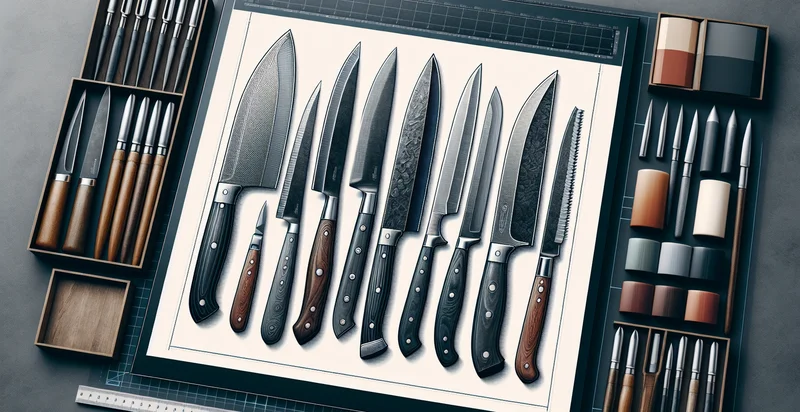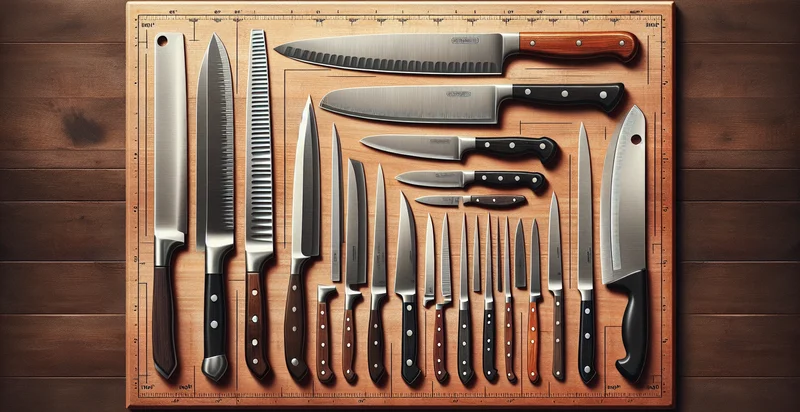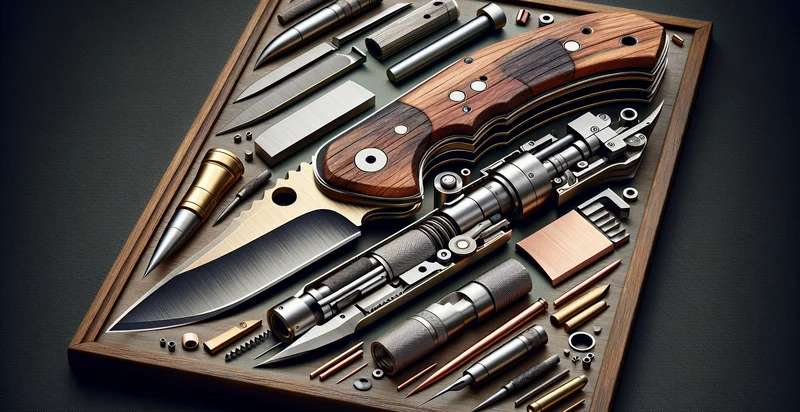Identify joint knife type
using AI
Below is a free classifier to identify joint knife type. Just upload your image, and our AI will predict what type of joint knife it is - in just seconds.

Contact us for API access
Or, use Nyckel to build highly-accurate custom classifiers in just minutes. No PhD required.
Get started
import nyckel
credentials = nyckel.Credentials("YOUR_CLIENT_ID", "YOUR_CLIENT_SECRET")
nyckel.invoke("joint-knife-type", "your_image_url", credentials)
fetch('https://www.nyckel.com/v1/functions/joint-knife-type/invoke', {
method: 'POST',
headers: {
'Authorization': 'Bearer ' + 'YOUR_BEARER_TOKEN',
'Content-Type': 'application/json',
},
body: JSON.stringify(
{"data": "your_image_url"}
)
})
.then(response => response.json())
.then(data => console.log(data));
curl -X POST \
-H "Content-Type: application/json" \
-H "Authorization: Bearer YOUR_BEARER_TOKEN" \
-d '{"data": "your_image_url"}' \
https://www.nyckel.com/v1/functions/joint-knife-type/invoke
How this classifier works
To start, upload your image. Our AI tool will then predict what type of joint knife it is.
This pretrained image model uses a Nyckel-created dataset and has 20 labels, including Boning, Bread, Butter, Carving, Cheese, Chef, Cleaver, Deba, Fillet and Fruit.
We'll also show a confidence score (the higher the number, the more confident the AI model is around what type of joint knife it is).
Whether you're just curious or building joint knife type detection into your application, we hope our classifier proves helpful.
Related Classifiers
Need to identify joint knife type at scale?
Get API or Zapier access to this classifier for free. It's perfect for:
- Culinary Tool Verification: This function can be used in culinary schools and training programs to ensure students are learning to recognize various types of joint knives, enhancing their practical skills in the kitchen. It can also assist in inventory management by verifying that the correct tools are available for use.
- E-commerce Product Validation: Online cooking and kitchenware retailers can implement this function to validate the images of joint knives listed on their platforms. By ensuring that the images accurately represent the product type, businesses can reduce return rates and improve customer satisfaction.
- Quality Control in Manufacturing: Knife manufacturers can utilize this image classification function to automate the quality control process. By classifying finished products, manufacturers can immediately identify any deviations from standard designs and ensure that only correctly produced knives reach the market.
- Augmented Reality Cooking Apps: Cooking applications that incorporate augmented reality can use this function to identify joint knives in users' kitchens. By accurately classifying these tools, the app can provide real-time guidance and tutorials tailored to the specific utensils users have on hand.
- Recipe Assistance Tools: Recipe websites or apps can integrate this function to offer real-time identification of joint knives during the cooking process. This would allow users to receive step-by-step instructions and suggestions based on the tools they actually possess, enhancing user engagement and recipe success rates.
- Inventory Management for Restaurants: Restaurants can implement this image classification system for inventory tracking and management. By automatically recognizing joint knives during stocktaking, establishments can streamline their operations, reducing the time spent on manual checks and ensuring they always have the right tools readily available.
- Theft Prevention and Loss Prevention: Security systems in commercial kitchens or culinary schools can use this function to monitor the presence of joint knives. By identifying when tools are removed or not returned, businesses can implement better loss prevention strategies and keep track of their valuable kitchen equipment.


